Trying to determine the structure and command of a Civil War army can be a daunting task. It is easy to confuse which designation is which and to discern which rank commands which entity. Battlefield promotions and deviations between different armies further muddy the waters. It isn't immediately clear what it means when you read that Major General A.P. Hill commanded a division in the Army of Northern Virginia while John Gibbon commanded a brigade in Major General Joseph Hooker's I Corps of the Army of the Potomac. In an effort to provide a bit of clarity into such matters, what follows traces the command structure from the colonel leading a regiment all the way to the office of the President as Commander in Chief.
Regiment
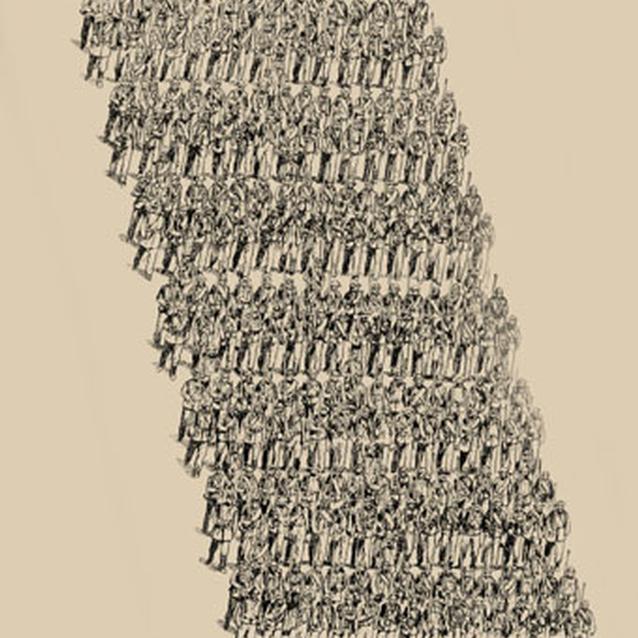
Gettysburg Foundation
When asked what unit he was with, most Civil War soldier would respond with the name of his regiment. The regiment was the primary fighting unit of both armies and usually carried the name of the state of origin and the chronological number of the creation of that regiment (eg. The 6th Wisconsin would be the sixth regiment raised by the state of Wisconsin).
A regiment was often composed of men from the same region of a state and frequently contained men who had known each other before the war. A newly formed regiment contained about 1,000 officers and enlisted men. Official United States Army regulations called for a regiment to consist of 10 companies, each made up of 97 men and 3 officers. Companies were commanded by a captain and designated with the letters A-K (the letter "J" was not used because it looked too much like "I").
A colonel commanded the regiment, followed in succession by a lieutenant colonel and a major. The actual number of men in a regiment varied widely during the war as a result of battle losses, disease, and desertion.
Brigade
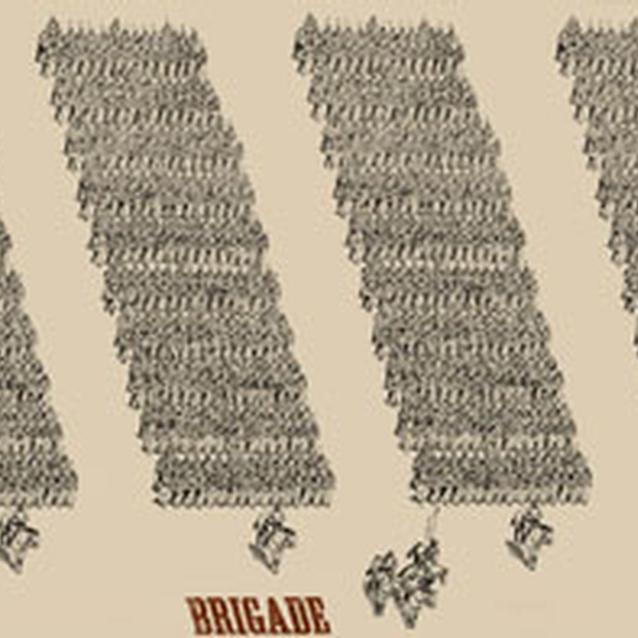
Gettysburg Foundation
During the Civil War a brigade was made up of anywhere between two and six regiments, but most commonly contained four. A brigade was commanded by a brigadier general who reported directly to the division commander. Union brigades were identified with numbers (eg. the fourth brigade) but Confederate brigades were usually named after their current or former commanding officers (eg. "Hood's brigade"). Brigades of both sides were also commonly identified by nicknames earned in battle (eg. the "Texas brigade" "Iron Brigade" or "Stonewall brigade").
Division
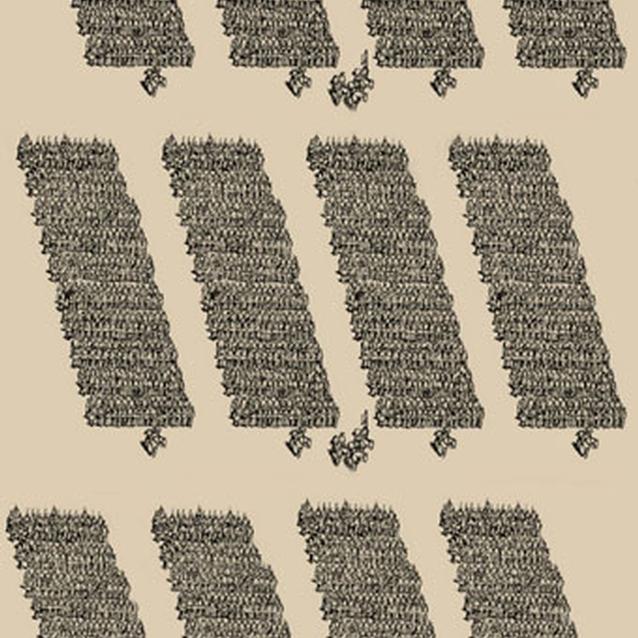
Gettysburg Foundation
A Civil War division contained between three and five brigades, and was commanded by a major general. Confederate divisions tended to contain more brigades than their Union counterparts, and often consisted of nearly twice as many men.
Corps
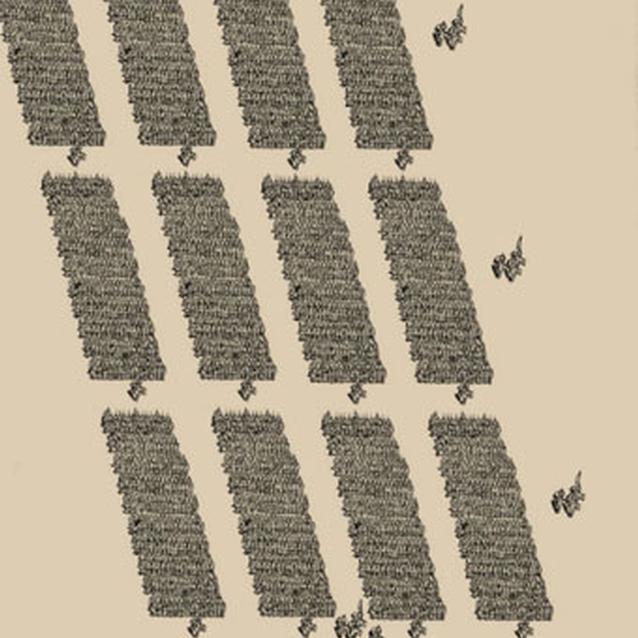
Gettysburg Foundation
A corps could contain between two and four divisions, but was most commonly made up of three. A Union Corps was commanded by a major general while a Confederate Corps was led by a lieutenant general. Since Confederate divisions were typically larger than Union divisions, it was often the case that a single Confederate division was nearly the same size as a Union corps.
During the Maryland Campaign the Army of Northern Virginia had not yet adopted a Corps system but rather consisted of two wings commanded by Major Generals Jackson and Longstreet. Following the Battle of Antietam both men were promoted to Lieutenant General and given command of the newly designated First and Second Corps of the Army of Northern Virginia respectively.
Army
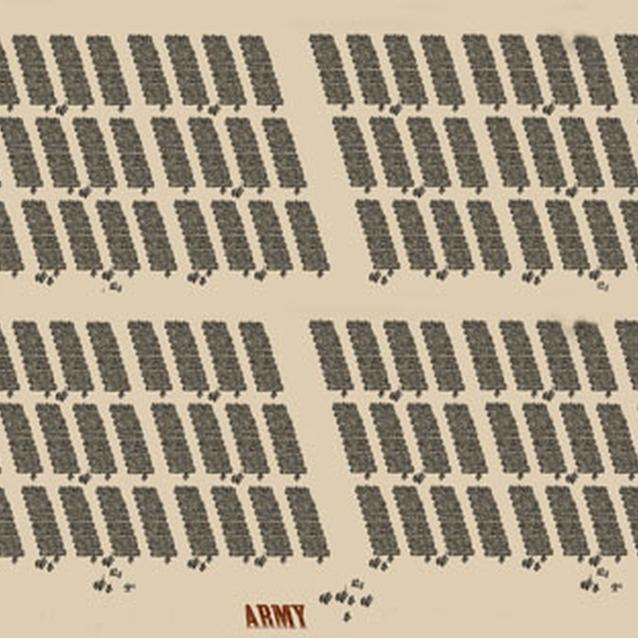
Gettysburg Foundation
An Army was a fighting force made up of two or more corps and was commanded by a general. During the Civil War the Union most commonly named its armies after rivers or waterways (eg. the Army of the Potomac) while the Confederacy designated its armies after states or regions (eg. the Army of Northern Virginia).
Beyond the Battlefield
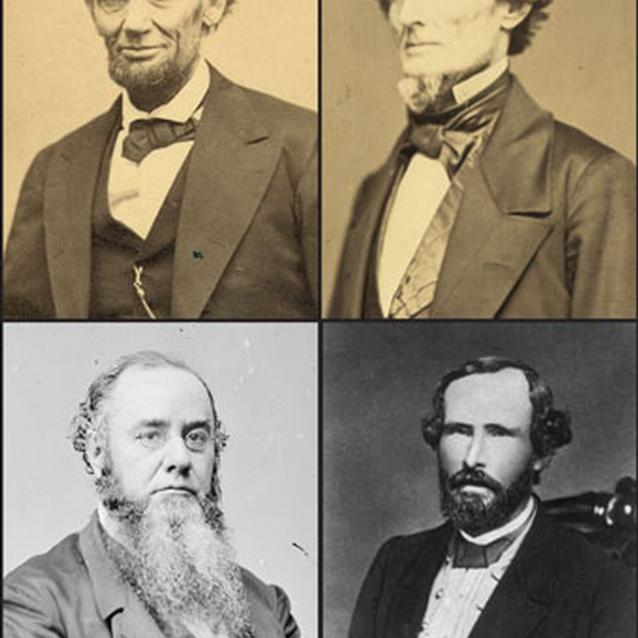
Individual photographs are from Library of Congress
Even the commanders of armies still had to report to those above them. During the Civil War the presidents of the United States and Confederacy both acted as Commander in Chief and held the highest authority on military matters. Each president also had a Secretary of War who was the official link between the President and his commanders in the field. The Union also contained the position of the General in Chief of the Armies who officially held the highest rank over all the military forces in the field. Despite this official chain communication between the commanders in the field often went directly to the President as well as the Secretary of State and General in Chief of the Armies.
Still confused?
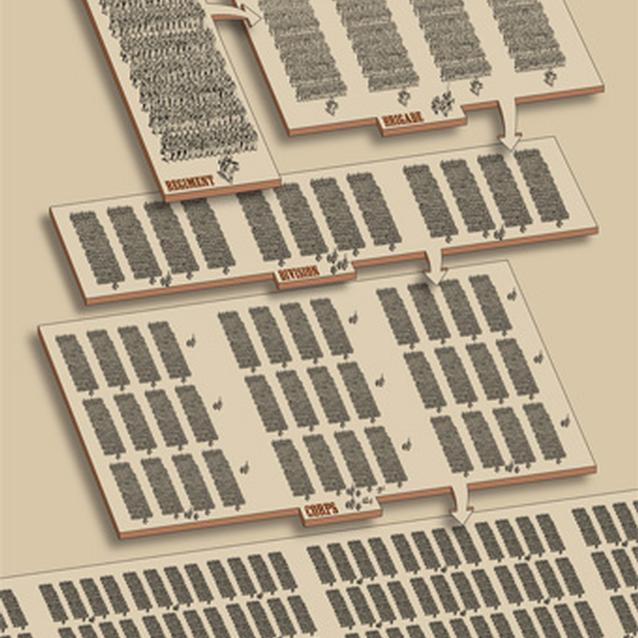
Gettysburg Foundation
Here are two practical examples of the chain of command from regiment to president at the Battle of Antietam.
Union
6th Wisconsin Regiment - Lieutenant Colonel Edward S. Bragg
Fourth "Iron" Brigade - Brigadier General John Gibbon
First Division - Brigadier General John P. Hatch
I Corps Commander - Major General Joseph Hooker
Commander of the Army of the Potomac - Major General George B. McClellan
General in Chief of the Armies - Henry Halleck
Secretary of War - Edwin Stanton
President - Abraham Lincoln
Confederate
1st Texas Regiment - Lieutenant Colonel Phillip A. Work
Brigade - Colonel William T. Wofford
Division - Brigadier General John B. Hood
Commander of the Right Wing - Major General James Longstreet
Commander of the Army of Northern Virginia - General Robert E. Lee
Secretary of War - George W. Randolph
President - Jefferson Davis
* You will note that the commanders of the various elements do not always hold the expected rank. This was frequently the case during a campaign when higher ranking officers were killed or wounded and officers of a lower rank had to replace them in the field.
Last updated: August 14, 2017
